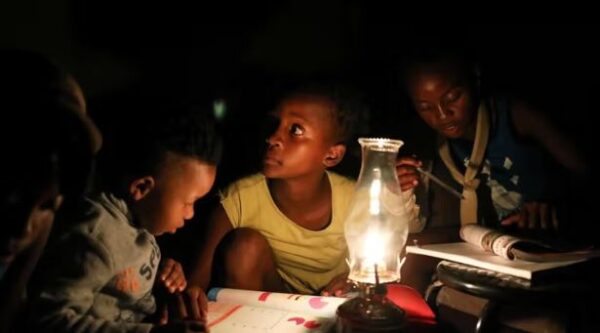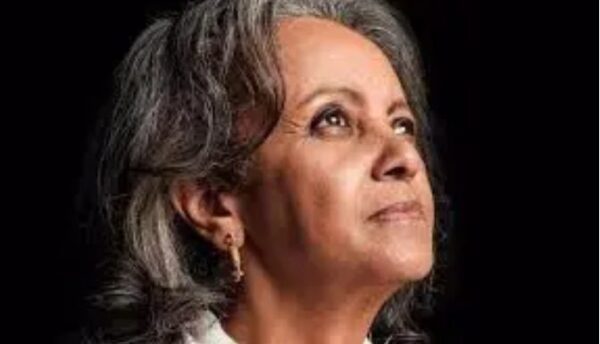Lifestyle
5 African countries with the best and worst electricity supply

In some African countries, there is hardly any minute without, while others barely have electricity.
While some countries in Africa have quite a lot of electricity, other countries do not.
Countries in Africa with the best electricity
These countries have the best electricity supply:
1. Egypt
Egypt borders the Mediterranean and the Red Sea and has achieved a 100% national electricity access rate for both rural and urban populations. The country, a leader in renewable energy, primarily sources its electricity from hydropower and thermal power stations. It is also developing plans to export surplus electricity via interconnections.
2. Morocco
Morocco is a African country with a 100% national electricity access rate, is poised to become a significant renewable energy market, particularly in solar energy. With plans to increase renewables’ share in the energy mix to 52% for wind and solar by 2030.
3. Tunisia
Tunisia, a North African country, provides 100% national electricity access for both rural and urban areas, primarily from natural gas. The country is aiming for a 30% renewable energy share by 2023.
4. Algeria
Algeria, with a national electricity access rate of 99.8%, is among Africa’s top electrified countries. Its installed capacity is 96% natural gas, with the remaining 4% sourced from oil, solar, hydropower, and wind, making it a significant contributor to the country’s energy mix.
5. Gabon
Gabon has a high electricity access rate of 91.6%, with rural areas having 27.8% and urban areas having 98.6%. The country’s Emergent Policy aims to introduce a sustainable energy mix, including biomass, natural gas, and hydropower, to reduce fossil fuel reliance and improve electricity access in rural areas.
Countries in Africa with the worst electricity
These countries have the worst electricity supply in Africa:
1. South Sudan
South Sudan is the world’s least electrified country, with only 7.2% of the population having access to electricity. The civil war destroyed most existing infrastructure, and progress has been made in Juba but nowhere else. Despite being an oil-producing state, South Sudan lacks domestic refining capacity, and electricity access is primarily from imported diesel generators, despite the country’s oil-producing status.
2. Burundi
Burundi is a low-electrified country in East Africa with only 7% of the population connected to electricity. The World Bank estimates national access to clean cooking solutions at less than 1%. Insufficient power hinders economic growth and firewood is the primary energy source for artisanal and industrial activities, as well as cooking fuel for most of the population.
3. Chad
Chad’s energy access is severely limited, with only 8% for electricity and 3% for non-solid fuels. The national utility faces challenges in its transmission and distribution network, commercial performance, and financial equilibrium. The capital, N’Djamena, has an obsolete network covering only one-third of the surface, while other cities have more recent networks. Gas is available for cooking in the capital, but wood fuel is used almost exclusively in rural areas.
4. Malawi
Malawi’s power sector is severely constrained, with less than 10% of its 18 million population connected to the grid and 80% of rural residents having less than 1% access to electricity.
5. Central African Republic
The Central African Republic faces severe energy access, with only 14% of the population having access to electricity, mainly in their capital Bangui, and nearly non-existent in rural areas.










